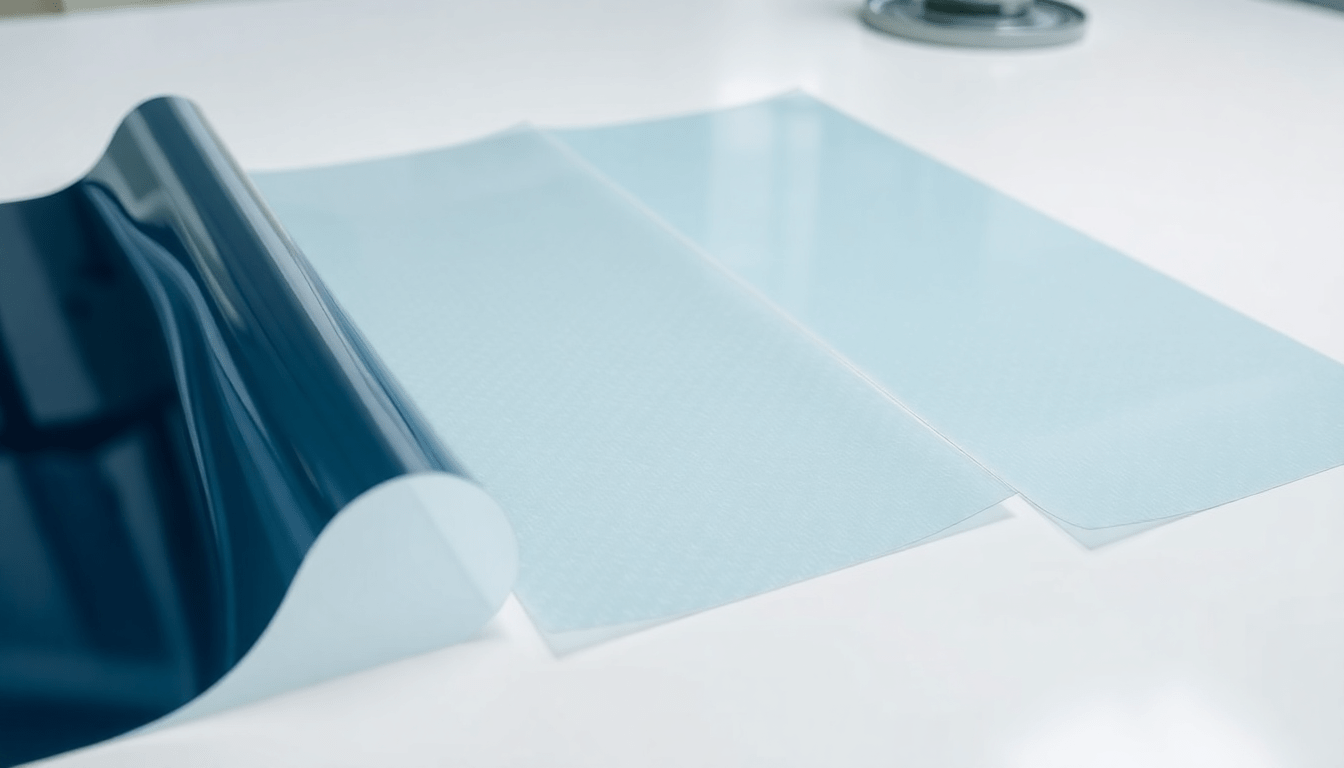As a 3D printing enthusiast, you've probably come across terms like FEP, nFEP, and AFC when exploring the world of 3D printing accessories. These materials play a crucial role in the performance and longevity of your 3D printer, but understanding the differences between them can be a bit of a challenge. Fear not, my fellow 3D printing aficionados, for today we're going to dive deep into the world of these mysterious films and uncover their unique properties.
TL;DR: For most users, nFEP is the best choice. However, if you need higher-speed printing, ACF is a better option. In most applications, the differences between each release film are minimal for the average user. If pricing is not a factor, ACF is the superior choice; if you are looking for a more cost-effective solution for light resin printing, nFEP does the job well.
The Pros and Cons of FEP, nFEP, and AFC Films
FEP
Pros:
- Cost effective option, the cheapest option.
- Range of size available
Cons:
- Parts can sometimes stick to the build plate (slower printing)
nFEP
Pros:
- Extremely smooth surface for easy part release
- More durable and resistant to wear and tear compare to FEP.
Cons:
- May be slightly less clear than standard FEP due to thicker release film
AFC
Differences: There is light textured (matte)
Pros:
- Less Peel Force compare to nFEP and FEP.
- Print much faster compare to nFEP/FEP (Lower Exposure Time Required)
Cons:
- As the textured wear, you may find the stick force/release force is similar to nFEP and FEP (same thickness option) but usually AFC is much thicker micron around 300+ compare to 100-150 for NFEP/FEP.
- Price
Video:
Conclusion:
nFEP is better value for most modern printers, if you're looking for replacing your existing AFC film, our recommendation is stick with same previous sheet so you don't have re-tune your existing profile or use provided manufacturer profiles.

